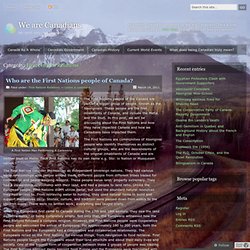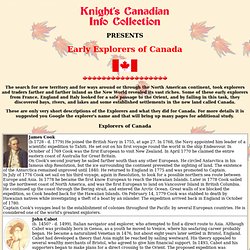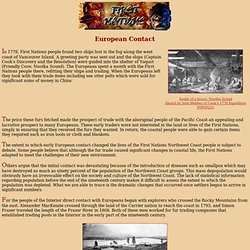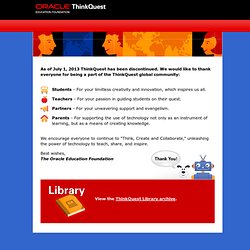Zoom
Trash

First Nations Relations. A Group Of Metis Women The Metis people (before known as half-breed) are Aboriginal people of Canada who trace their lineage to mixed European & First Nation parentage in early Canada.

European heritage is typically French or Scottish and while once though of as separate groups, this is not true in the current Metis society. The formation of the Metis people occurred during the 18th and 19th century when the North American fur trade was booming. Many French-Canadian and British fur traders married First Nations and Inuit women, but mainly First Nations Cree, Ojibway, or Saulteaux. Many of these fur traders were Scottish, French, and Catholic. Around the 18th century, the Hudson Bay Company promised Rupert’s land to the European settlers (farmers). Where 2 trading companies, Hudson Bay Company (the English) and the Northwest Co. Buffalo huntersFarmersFarm French-style (water is provided for all land)Own leader; own government John A. Later on, John A. Louis Riel. Disclaimer - Electronic Collection. Exploration of North America, 1492-1700. Early Explorers of Canada. The search for new territory and for ways around or through the North American continent, took explorers and traders farther and farther inland as the New World revealed its vast riches.

Some of these early explorers from France, England and Italy looked for a safe passage to the Orient, and by failing in this task, they discovered bays, rivers, and lakes and some established settlements in the new land called Canada. These are only very short descriptions of the Explorers and what they did for Canada. For more details it is suggested you Google the explorer's name and that will bring up many pages for additional study. Explorers of Canada This page is part of Knight's Canadian Info Collection Please visit our other pages Site © by K.C.I.C. - A. Note: Material for this Explorers page was gathered (and edited) from several different internet sources. EUROPEAN CONTACT - FIRST NATIONS IN B.C. - BC ARCHIVES TIME MACHINE. In 1778, First Nations people found two ships lost in the fog along the west coast of Vancouver Island.

A greeting party was sent out and the ships (Captain Cook's Discovery and the Resolution) were guided into the shelter of Yuquot (Friendly Cove, Nootka Sound). The Europeans spent a month with the First Nations people there, refitting their ships and trading. When the Europeans left they took with them trade items including sea otter pelts which were sold for significant sums of money in China. The price these furs fetched made the prospect of trade with the aboriginal people of the Pacific Coast an appealing and lucrative prospect to many Europeans.
These early traders were not interested in the land or lives of the First Nations, simply in ensuring that they received the furs they wanted. European exploration of canada. ORIGINAL PEOPLES. Explorers This section describes some of the first European explorers who came to Canada.

Europeans began to look for a new water route to Asia in the 1400s. They wanted to trade for spices, silks, and jewels in the countries of Asia. This map shows the places visited by the early explorers and some of their main routes. Because most of eastern Canada was covered with forests, these explorers traveled mainly by water. John Cabot "...the sea is covered with fish which are caught not merely with nets but with baskets, a stone being attached to make the baskets sink with the water ... " ~ John Cabot, on his return to England from Newfoundland in 1497. Explorers. Why Explorers Explored. As of July 1, 2013 ThinkQuest has been discontinued.

We would like to thank everyone for being a part of the ThinkQuest global community: Students - For your limitless creativity and innovation, which inspires us all. Teachers - For your passion in guiding students on their quest. Partners - For your unwavering support and evangelism. Parents - For supporting the use of technology not only as an instrument of learning, but as a means of creating knowledge. We encourage everyone to continue to “Think, Create and Collaborate,” unleashing the power of technology to teach, share, and inspire. Best wishes, The Oracle Education Foundation.